Stephen Suckale
Doggerland
October 27 – December 13, 2019
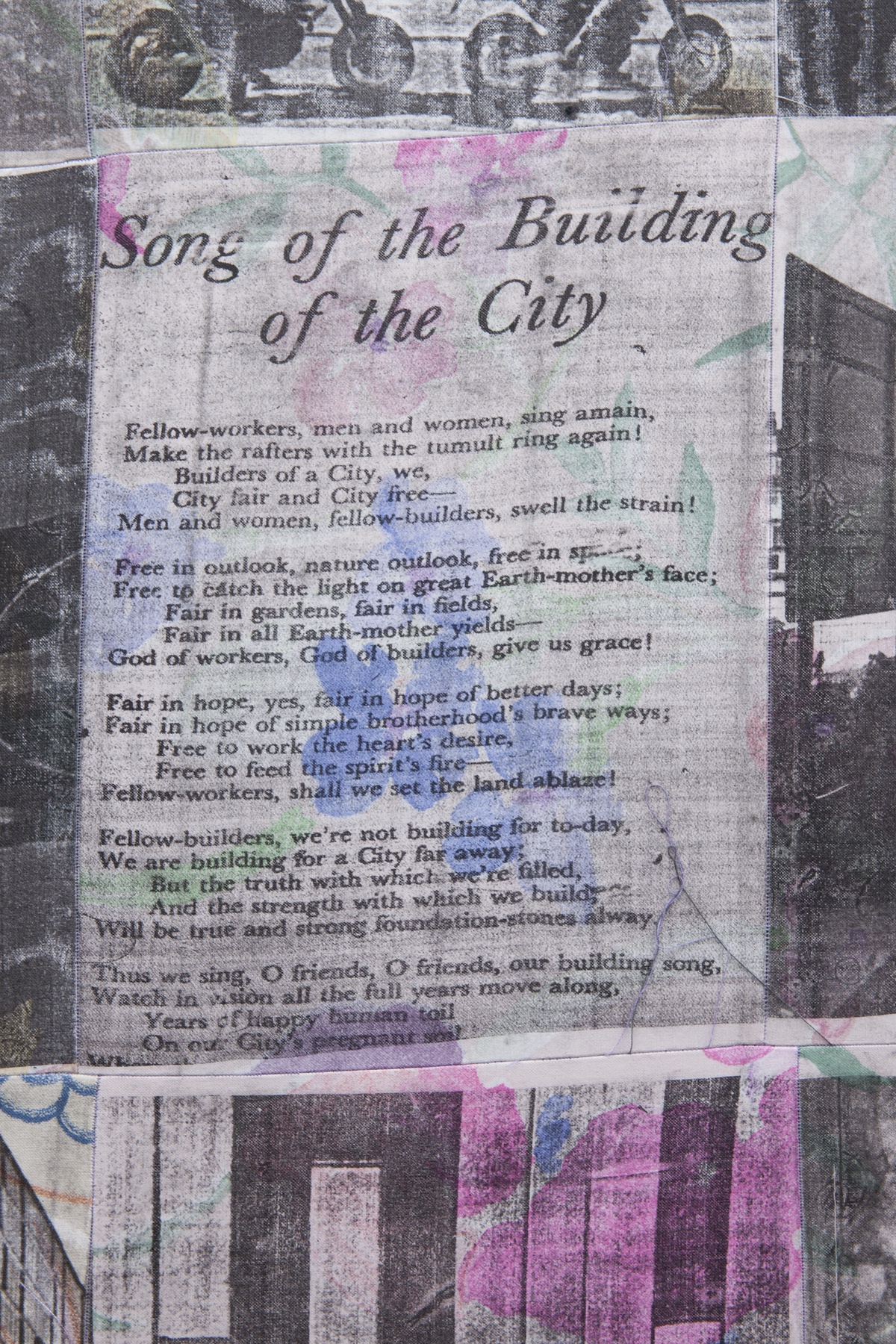
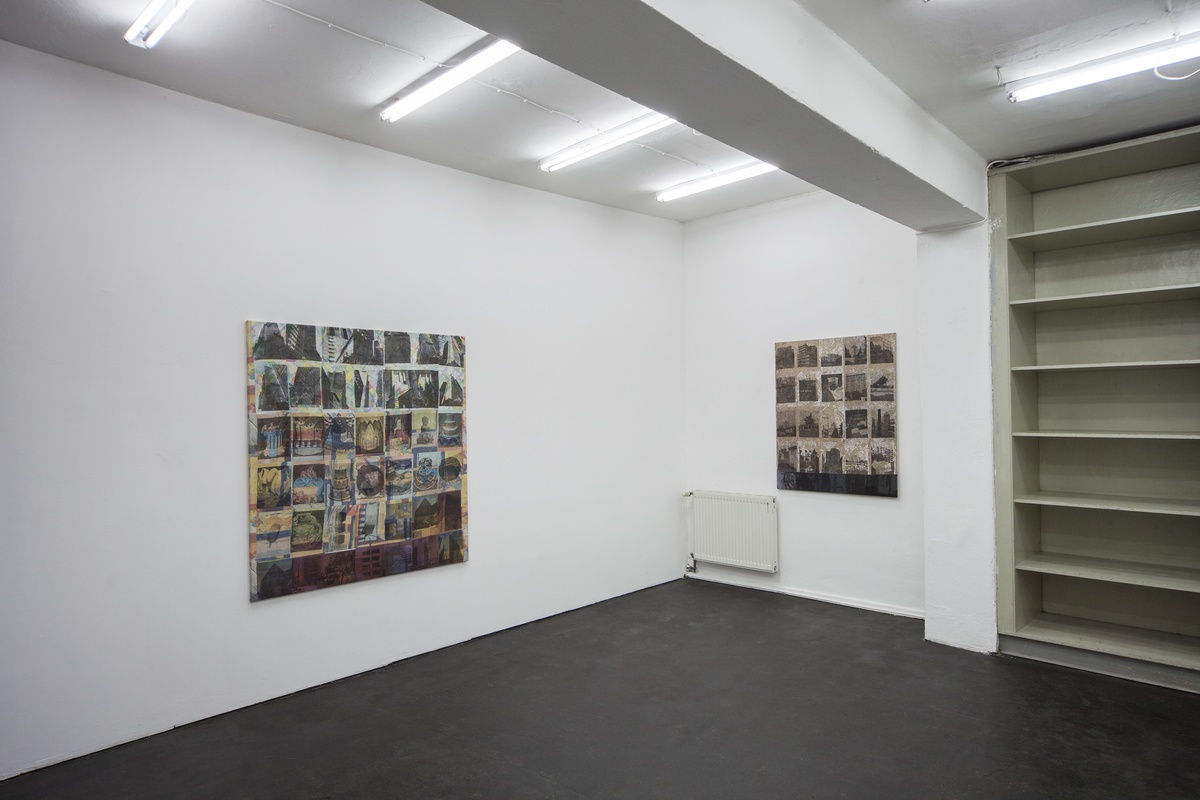
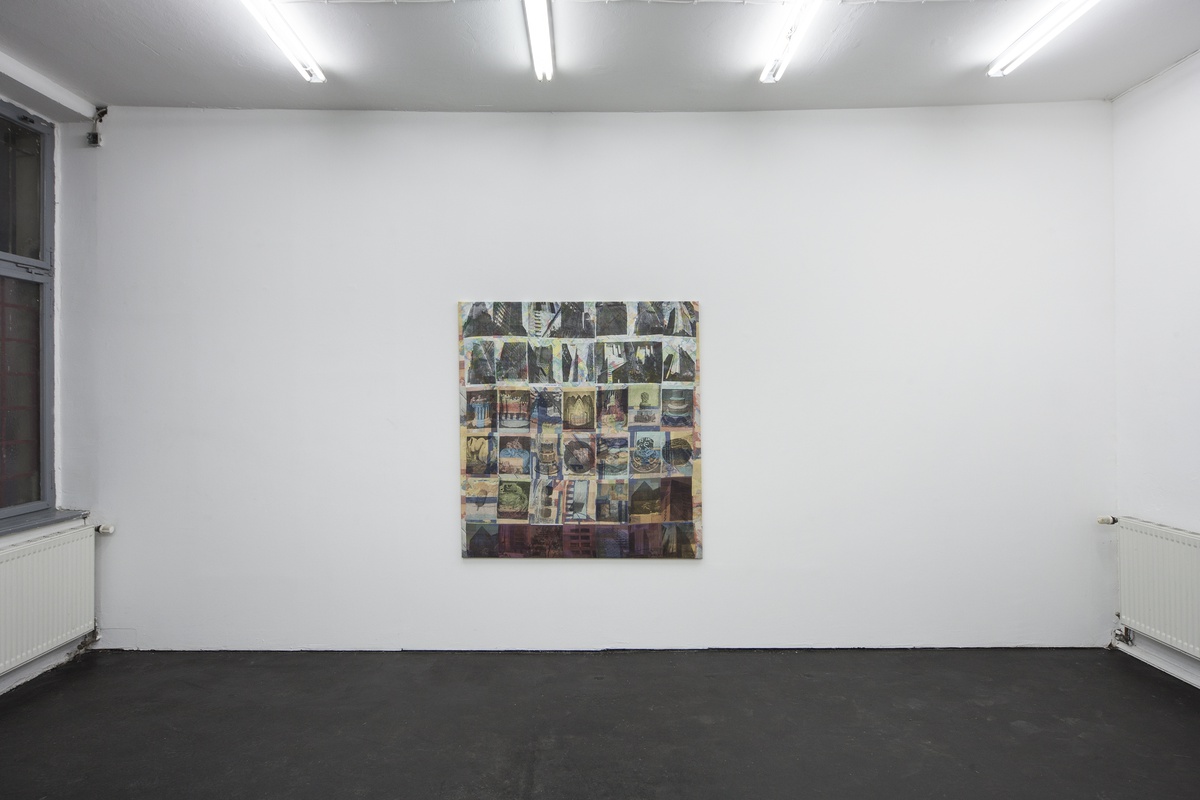
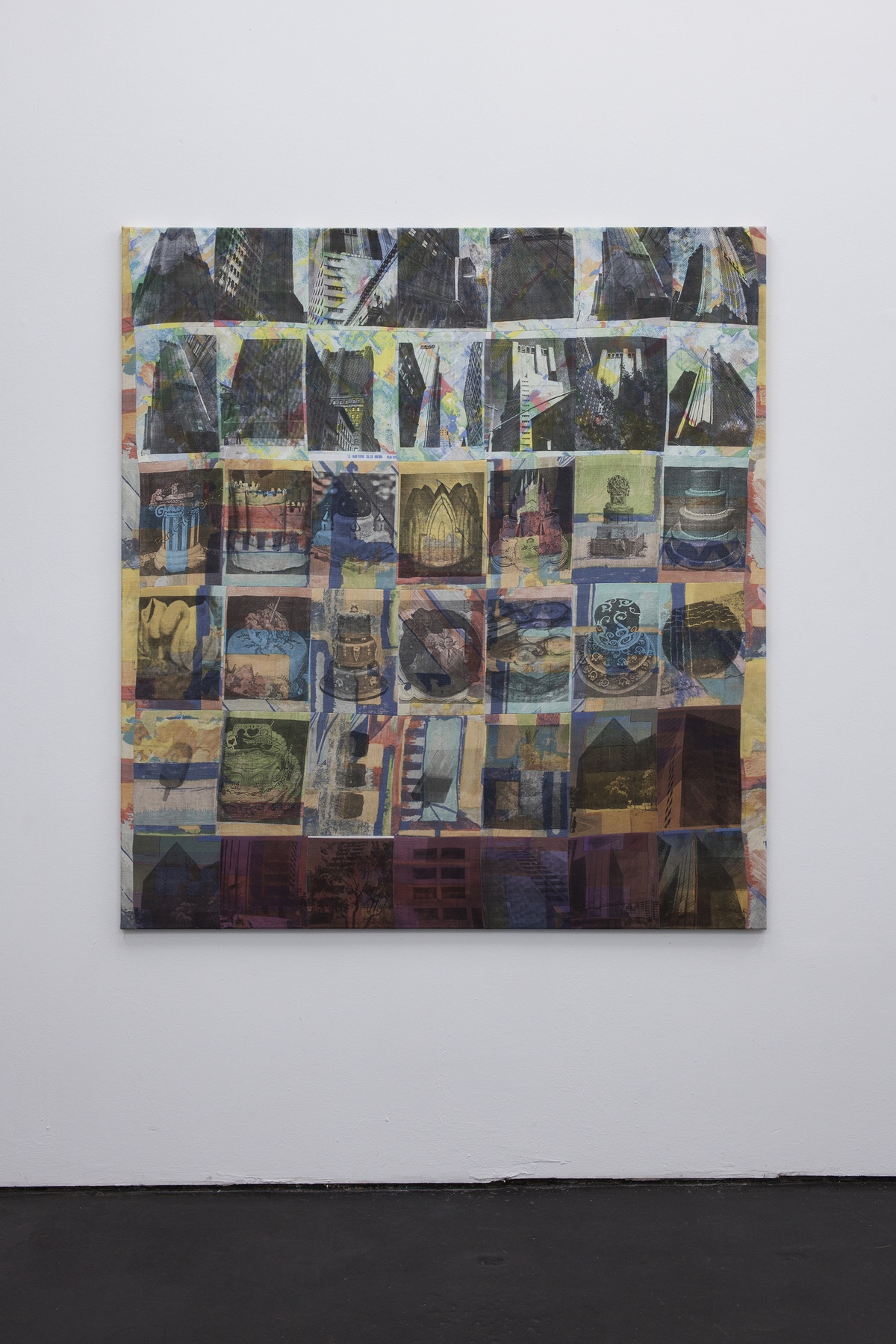
Stephen Suckale, Period Craze, 2019
laser print on linen
140 × 150 cm
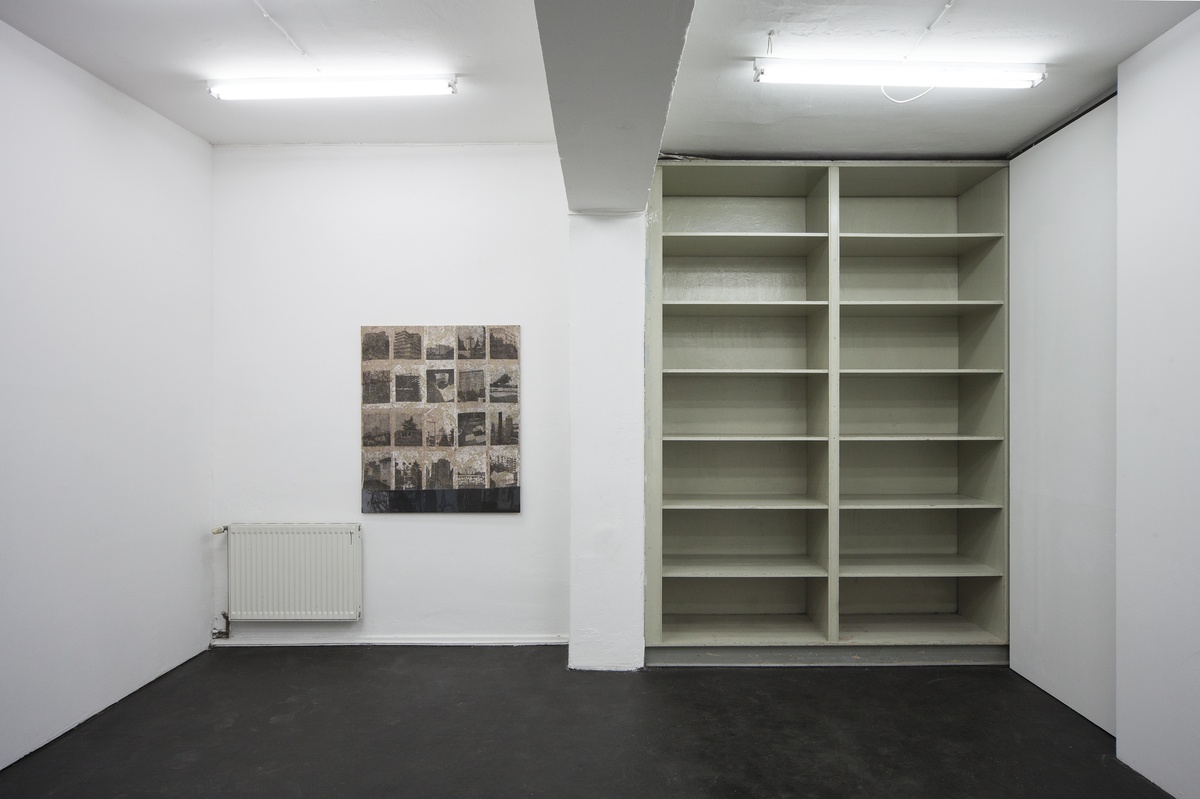
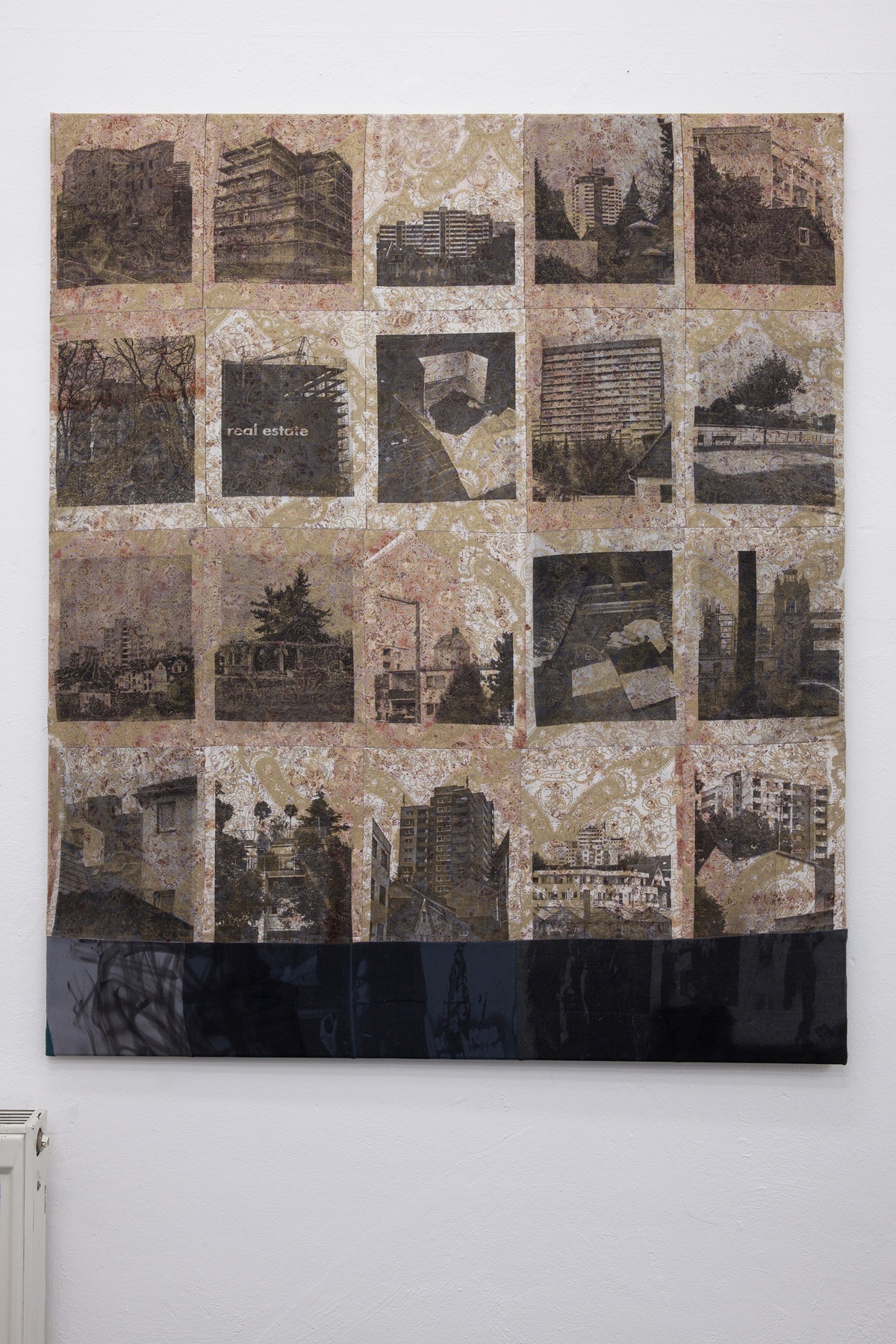
Stephen Suckale, Am Rand der Mitte, 2019
laser print on linen
100 × 120 cm
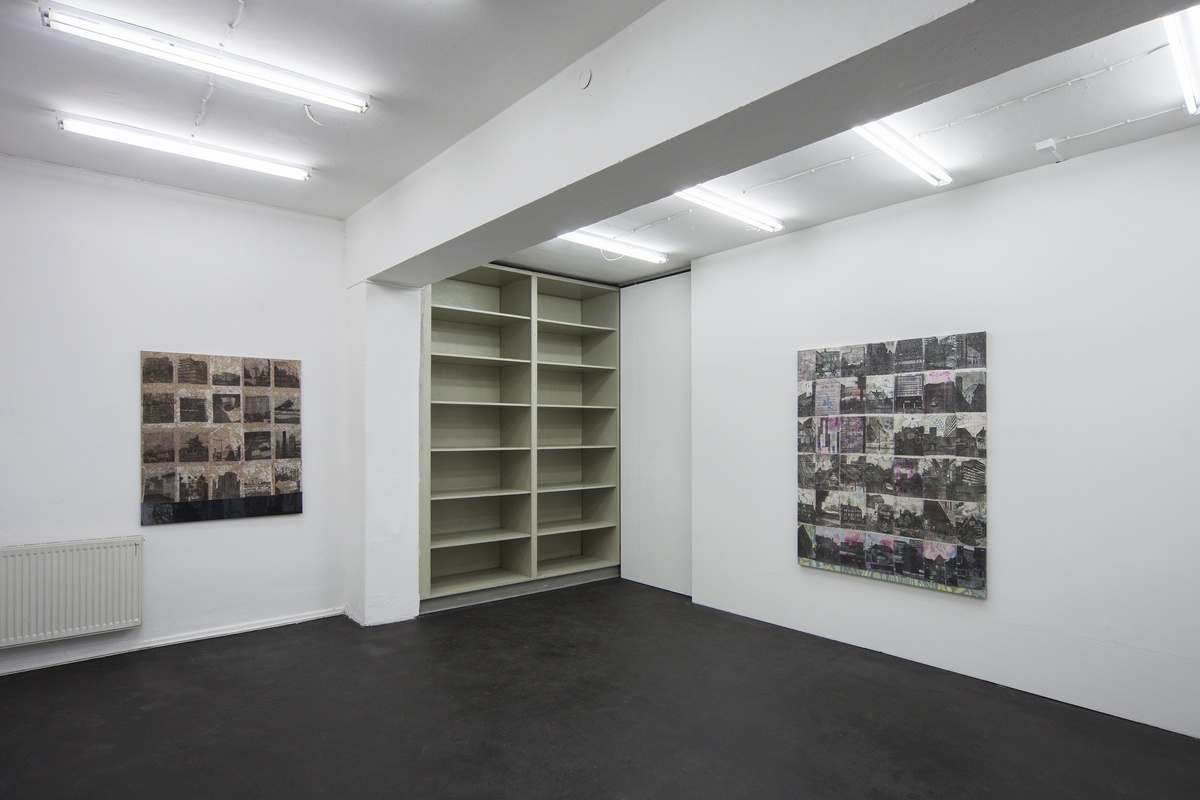
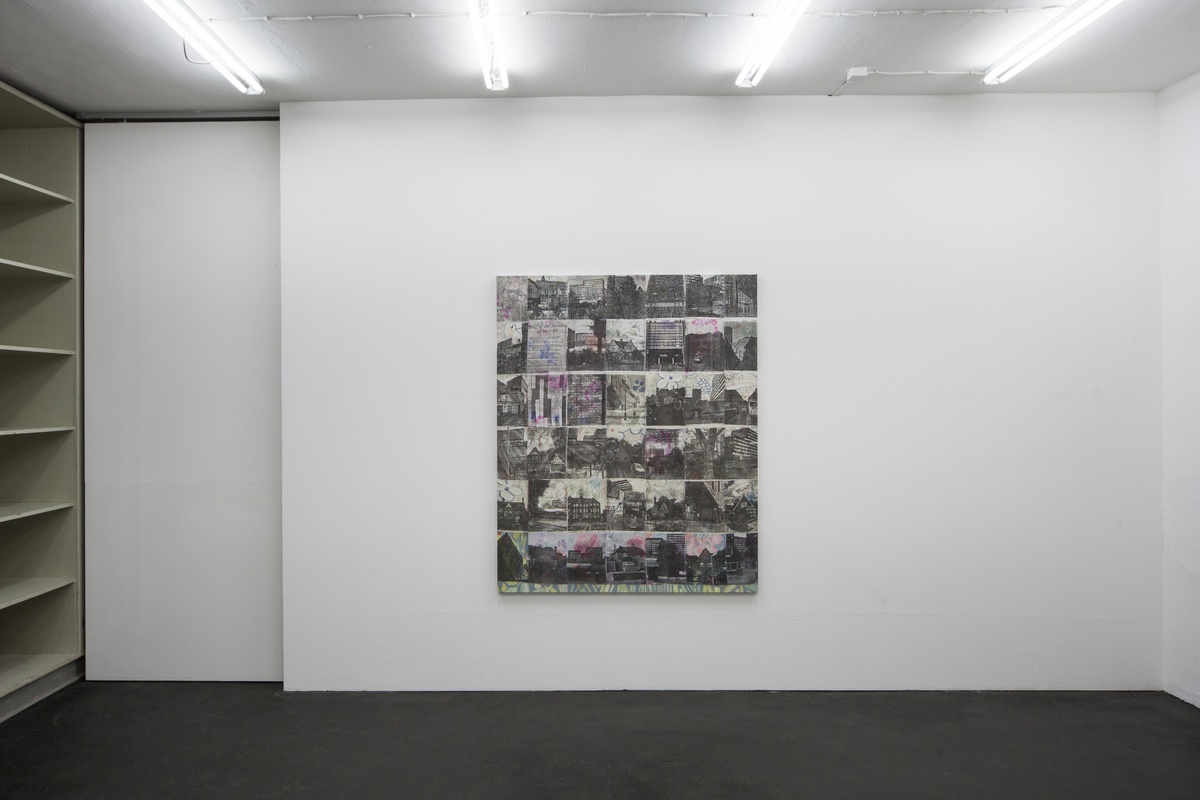
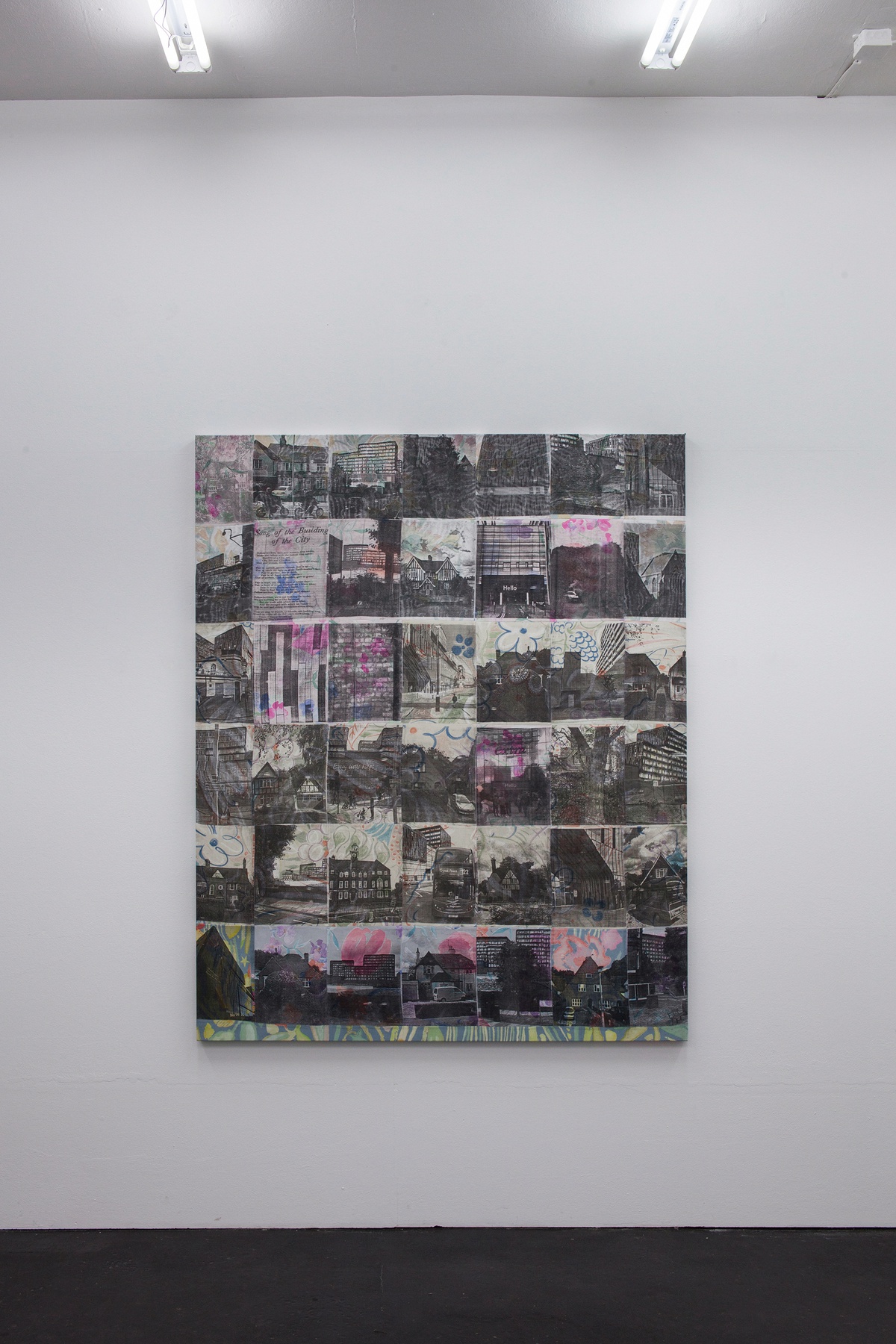
Stephen Suckale, All Mods Cons, 2019
laser print on linen
130 × 160 cm
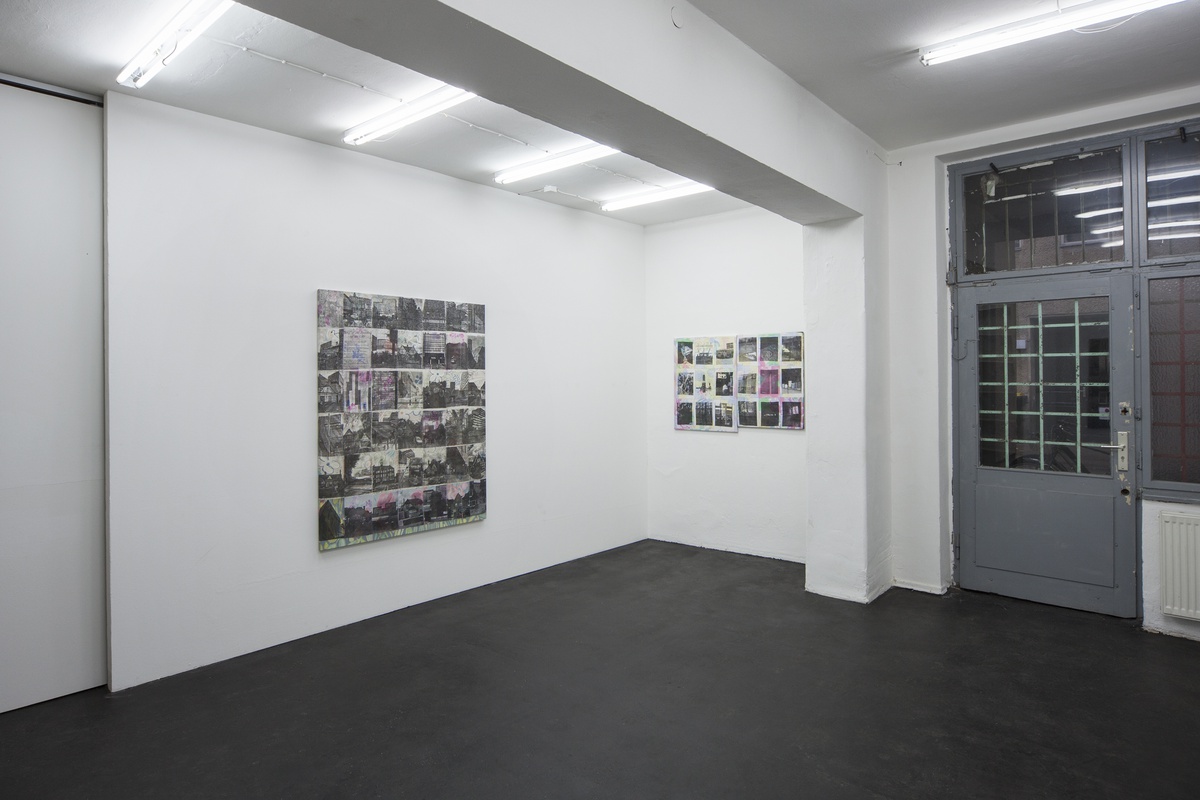
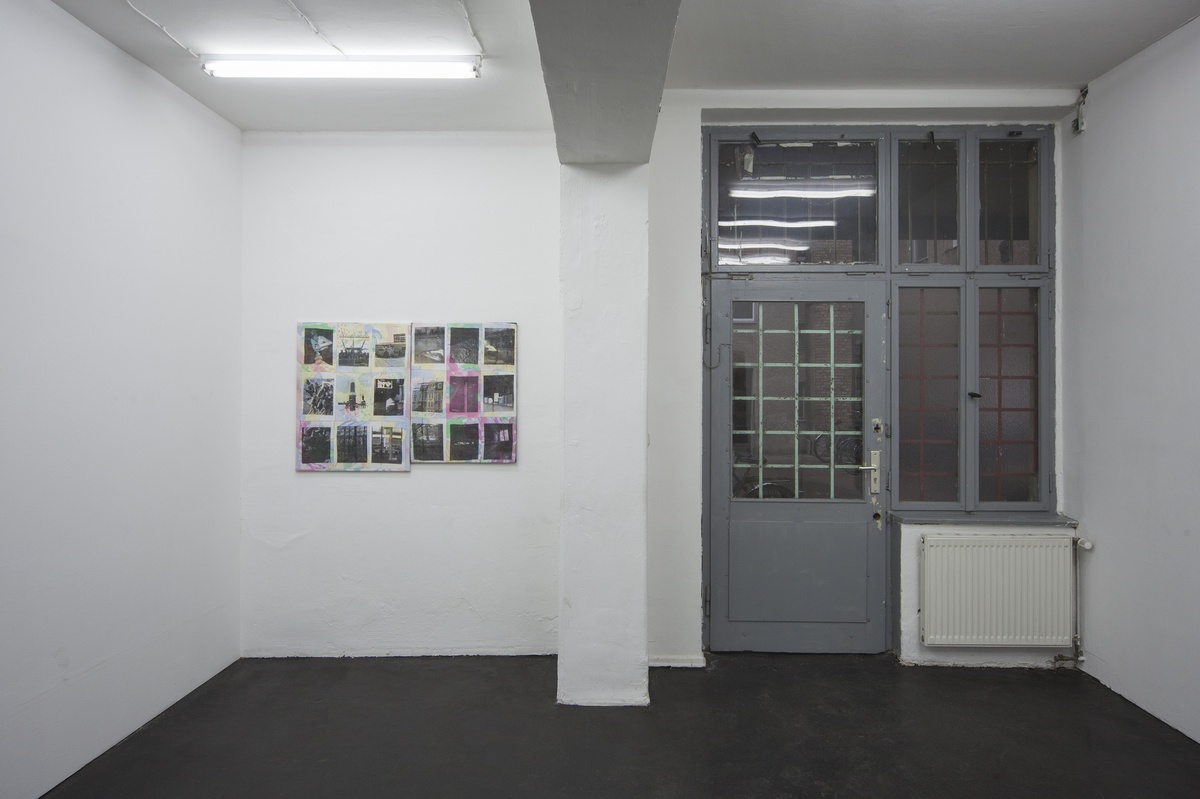
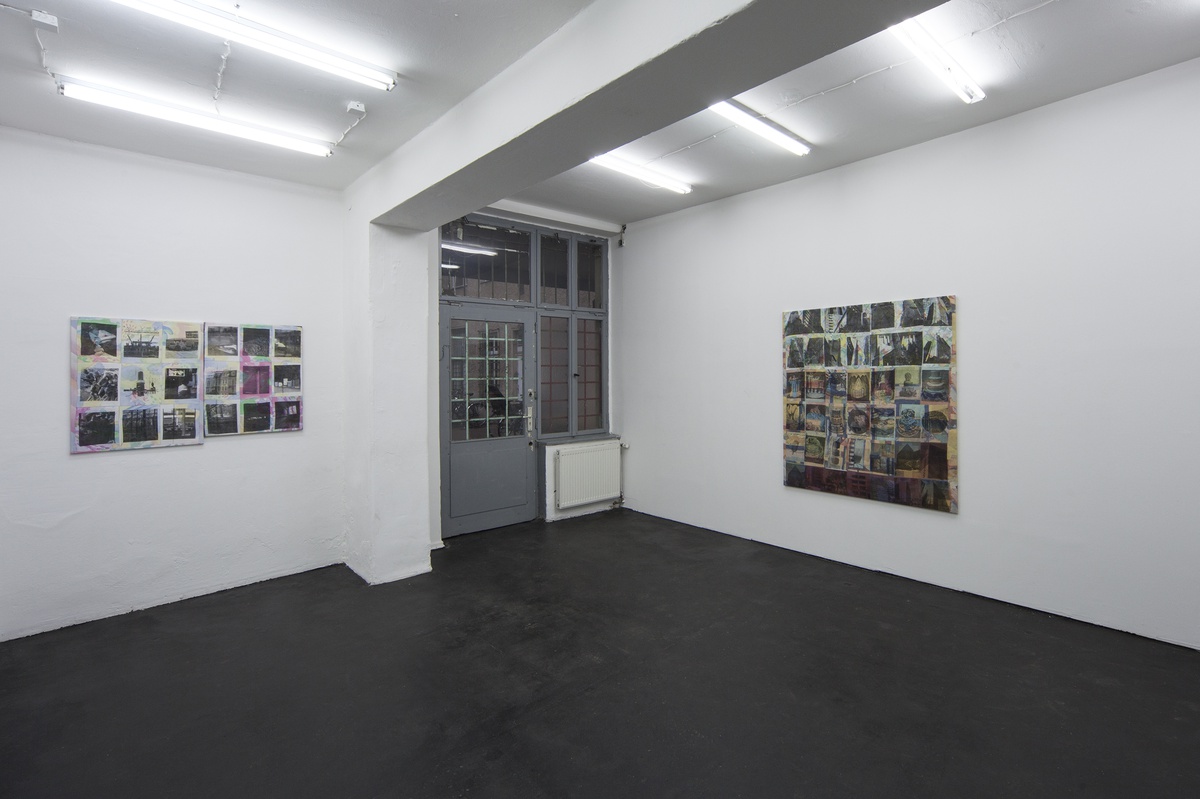
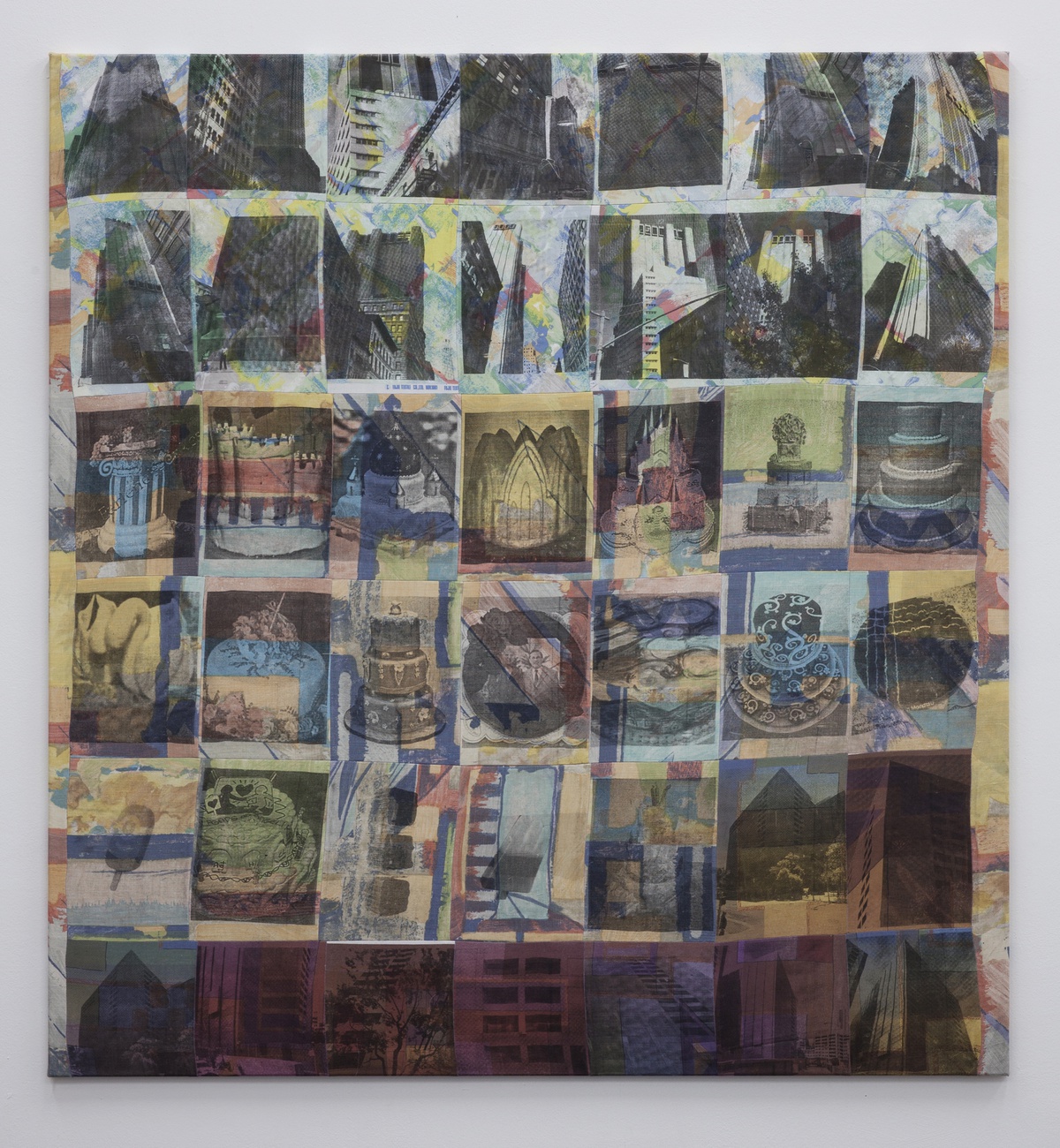
Stephen Suckale, Period Craze, 2019
laser print on linen
140 × 150 cm
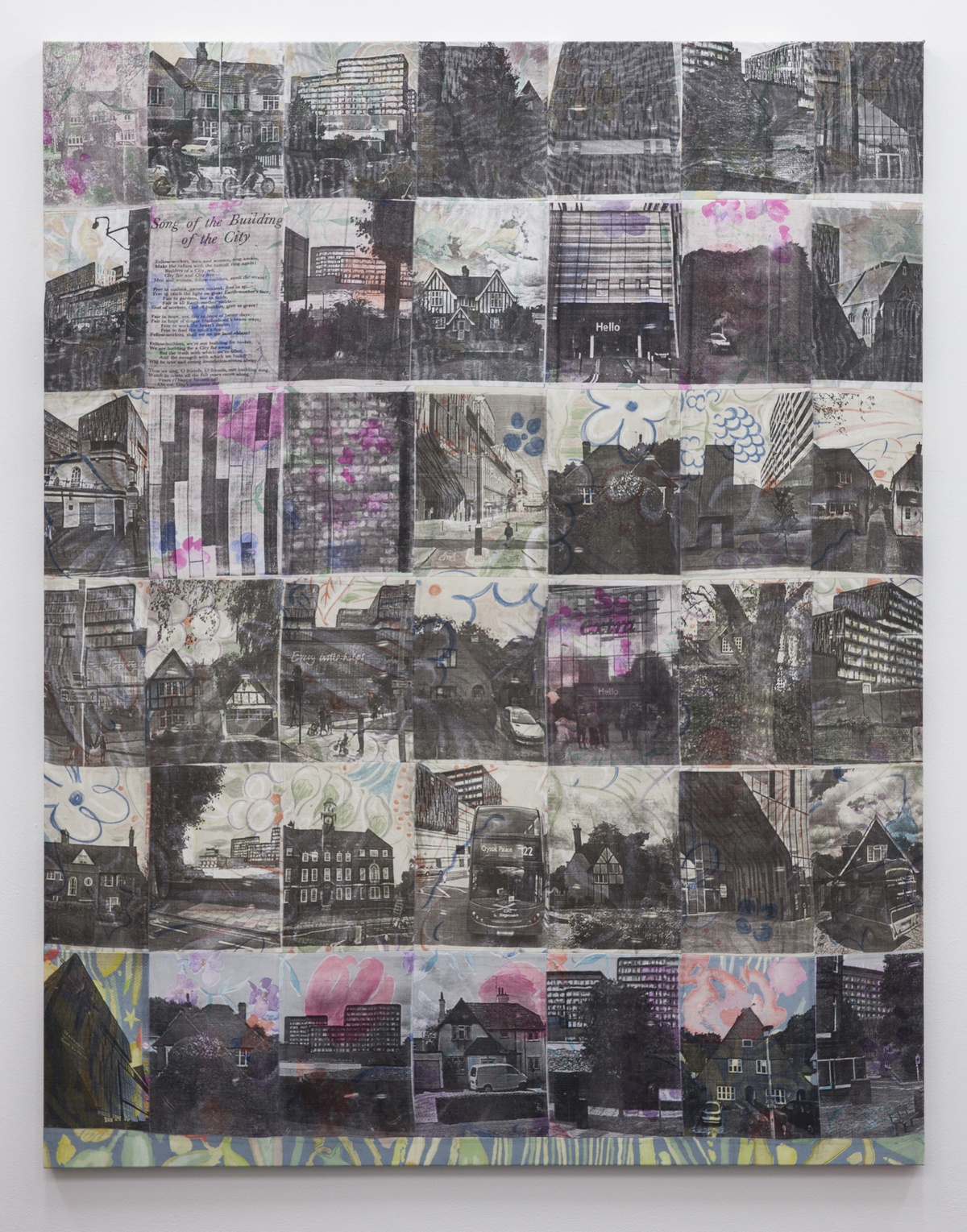
Stephen Suckale, All Mods Cons, 2019
laser print on linen
130 × 160 cm
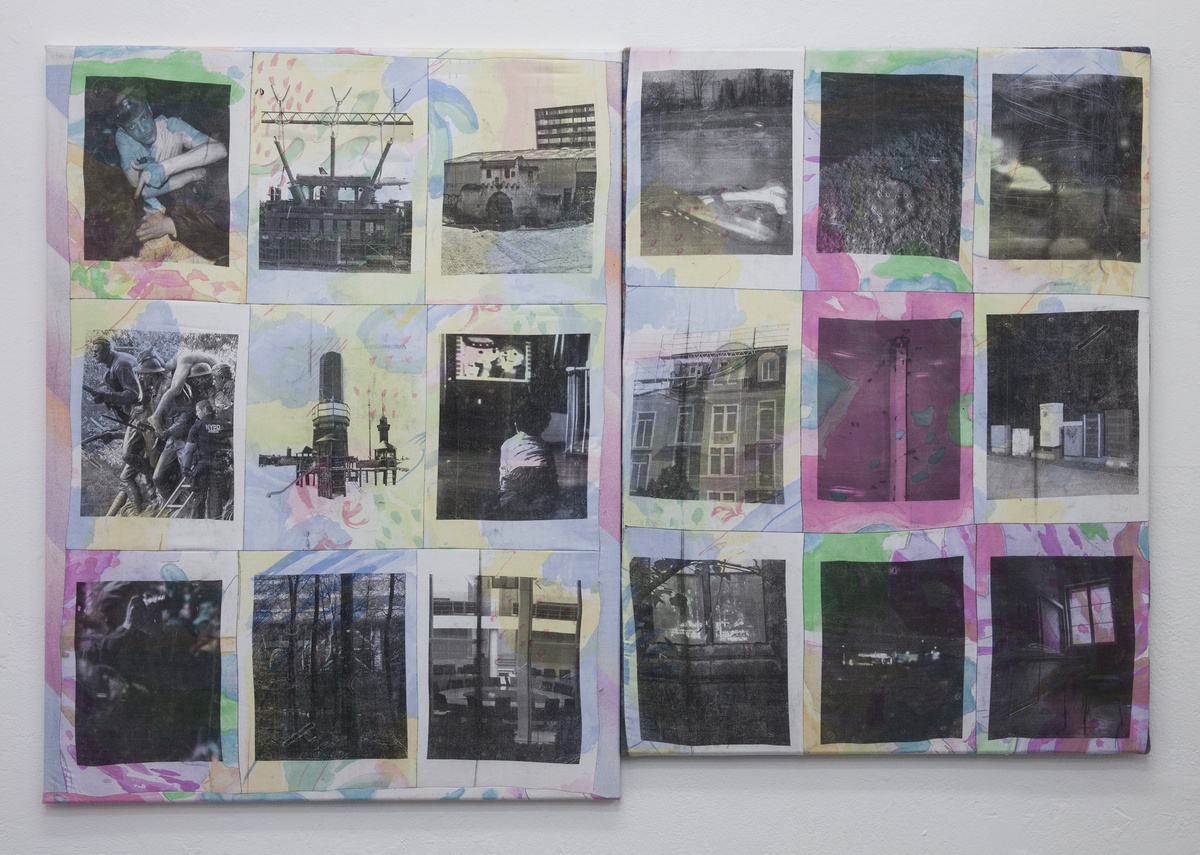
Stephen Suckale, Public Domain 1, 2019
laser print on linen
65 × 85 cm
Stephen Suckale, Public Domain 2, 2019
laser print on linen
60 × 80 cm
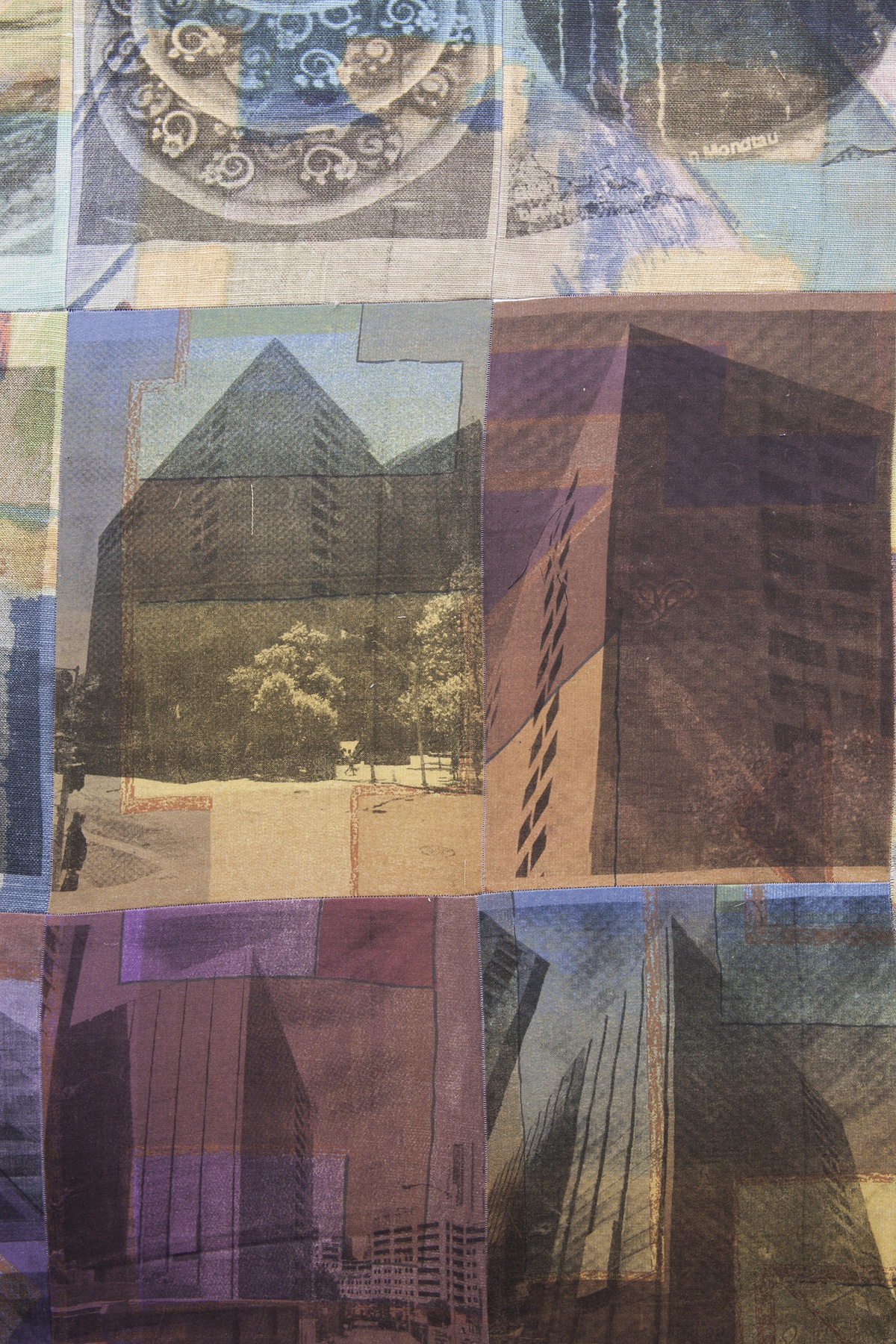
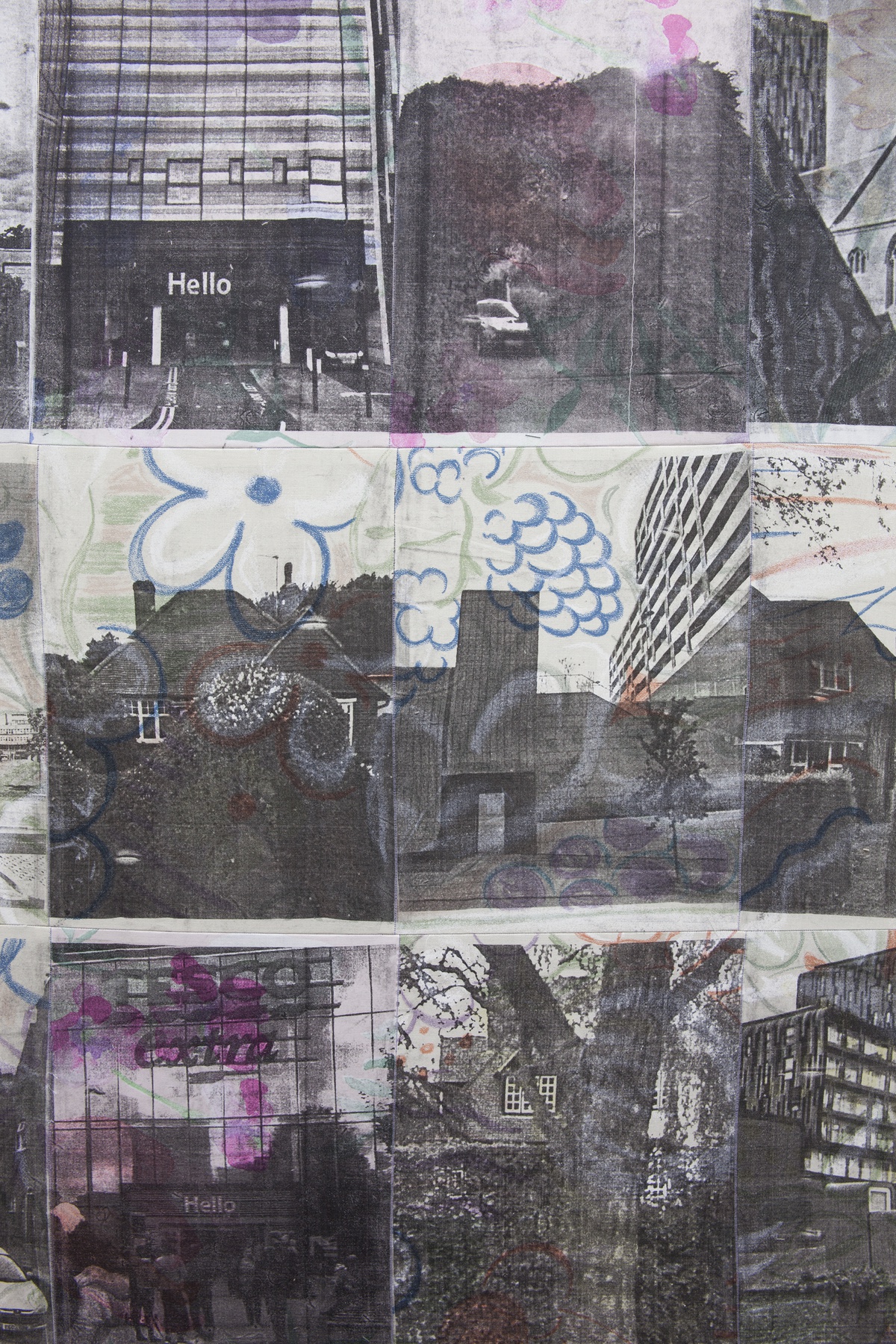
Stephen Suckale, All Mods Cons (detail), 2019
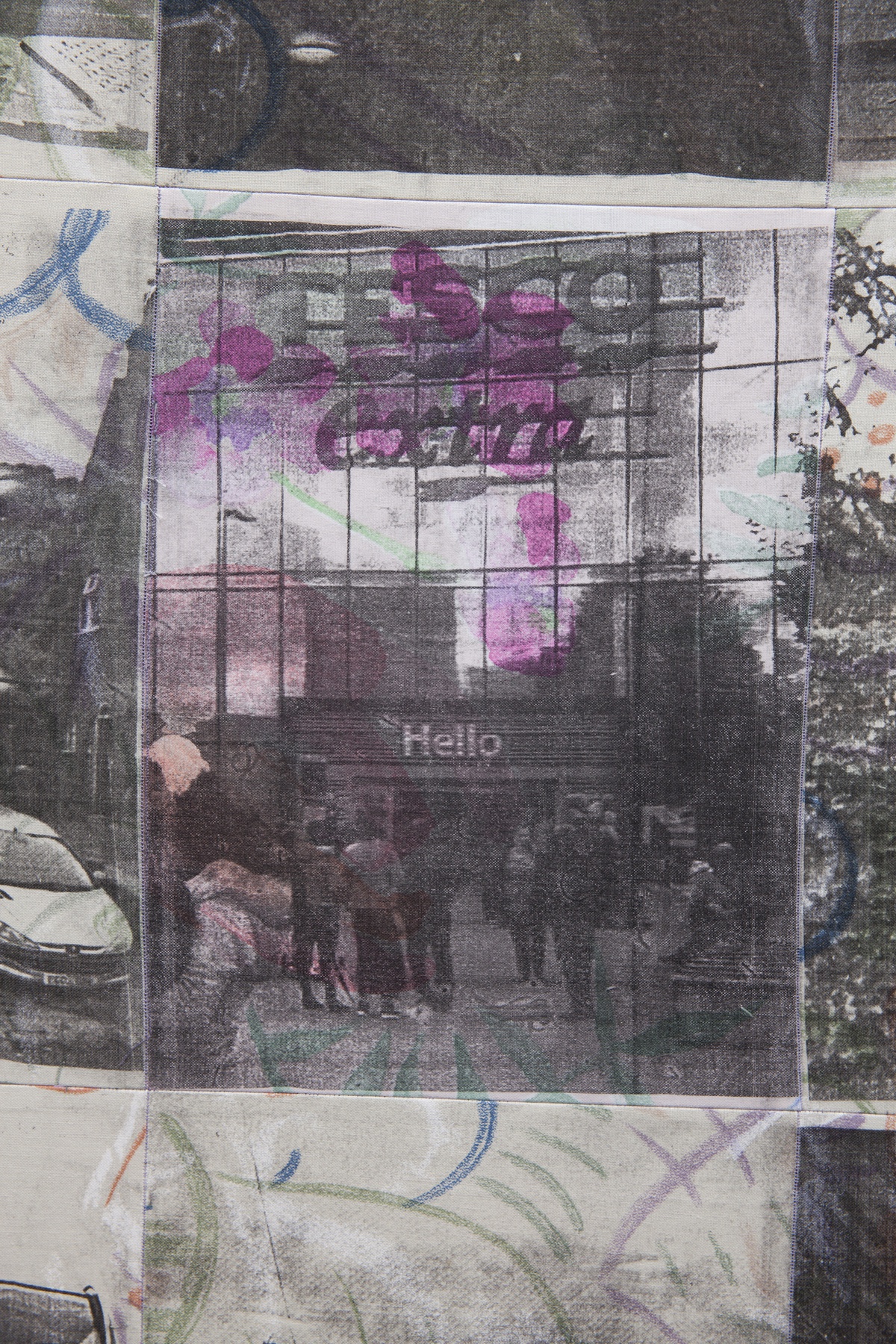
Stephen Suckale, All Mods Cons (detail), 2019
Doggerland
Look at the landscape hard enough, until it will reveal the molecular basis of historical events! Psychic landscaping, drifting and free-association ... it seems like traveling through time!
Doggerland‘s history resembles the myth of the sunken city of Atlantis. With one difference, one can empirically prove where Doggerland was originally located and where it is today.
The artistic practice of Stephen Suckale (1979, Frankfurt am Main, Germany) humorously explores the structures of historical narratives surrounding architecture and urbanism revealing oddities and untold story lines found in the layers of modernity.
His works shown in the exhibition Doggerland consist of images showing architectural references laser printed on found fabrics that mostly read as home textiles. The original print of the fabrics shows floral patterns with watercolour-like brushstrokes. The images that have been transferred onto the fabric cover these patterns partially – darker areas sit on top of it, lighter and white areas leave more space for the floral depictions. Both prints are starting to merge into a new structure. The toner that is used to depict Suckale‘s self-made and found-footage imagery oscillates between a depiction of visual space and the used toner itself as material, as paint. The size of the fabric parts is reminiscent of torn magazine pages.
Left wall
Upper section
- 33 Thomas Street, Verizon, a brutalist building by architect John Carl Warnecke built in 1974, was used by the government as a highly secure datacenter. (New York City, East Coast, USA)
Middle section
- A series of cakes represent architectural designs from various decades: an ionic column, a medieval castle, gothic arches and so on.
Lower section
- 140 New Montgomery, Pacific Telephone & Telegraph Company Building/ Bell Building, is an Art Deco style office tower (San Francisco, West Coast, USA)
Right wall
A patchwork of images from two different urban planning projects in the north and south of London:
- Letchworth is a garden city founded in 1903, a prototype utopian vision for order function self-sufficiently the city had it‘s on industry. The idea of the garden city movement was initiated in 1898 by Ebenezer Howard in the United Kingdom and aims to capture the primary benefits of a countryside environment and a city environment while avoiding the dis- advantages presented by both to create an alternative to the industrial city by combining the best of town and country living.
- Woolwich, a formerly important naval, military and industrial town, won a prize for the 2014‘s worst building – the Tesco building, a supermarket topped with flats – is described by the judges as ‚oppressive, arrogant and inept.‘ After a long era of of economic hardship and social deprivation, the region is lately identified as ‚opportunity area‘ in the so-cal- led ‚London Plan‘ a spatial development strategy for the greater London area.